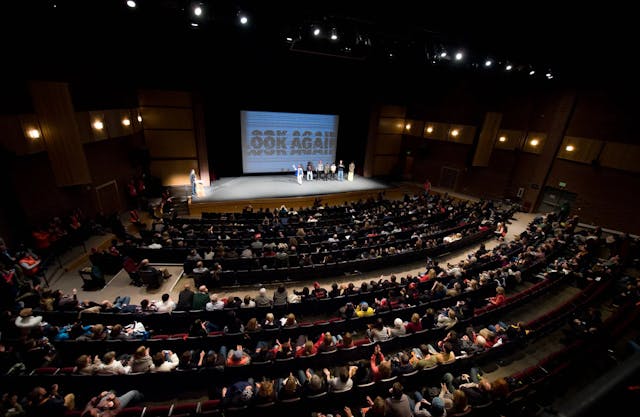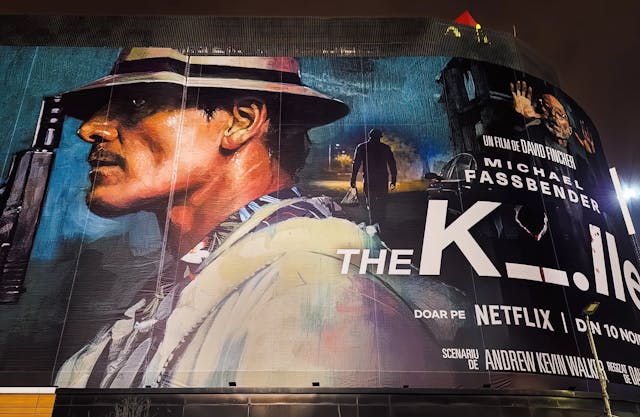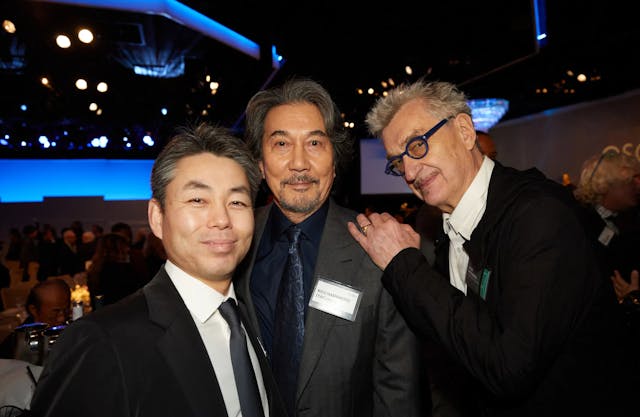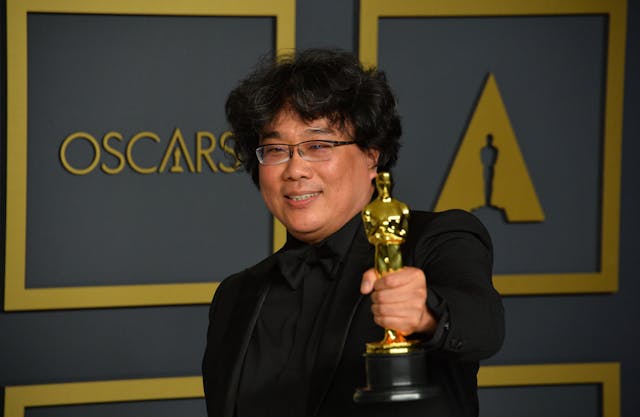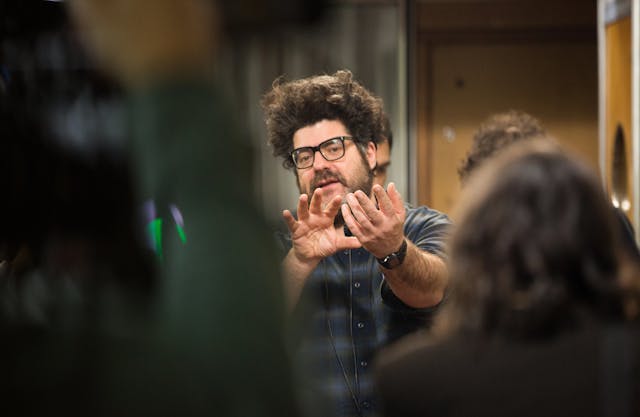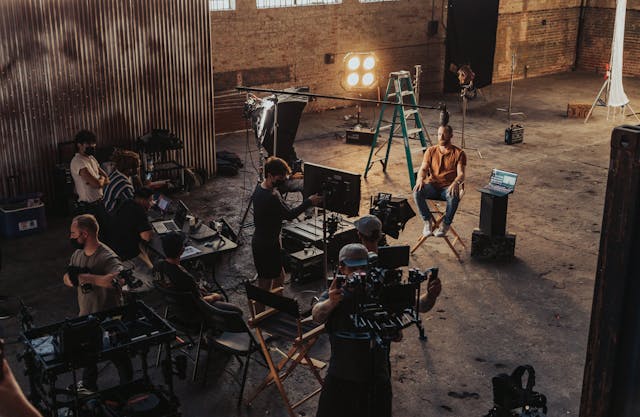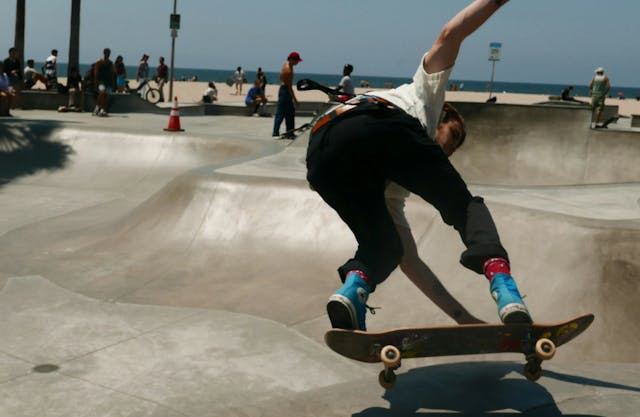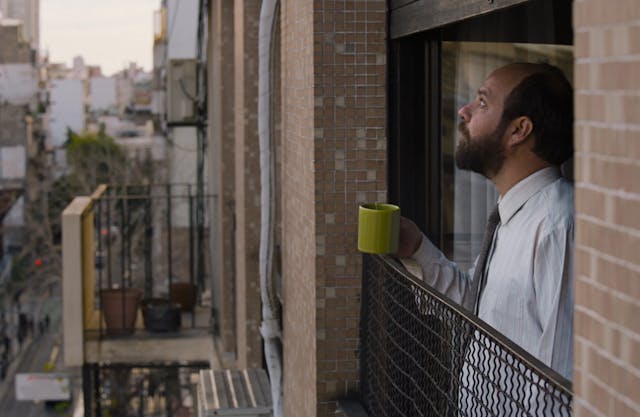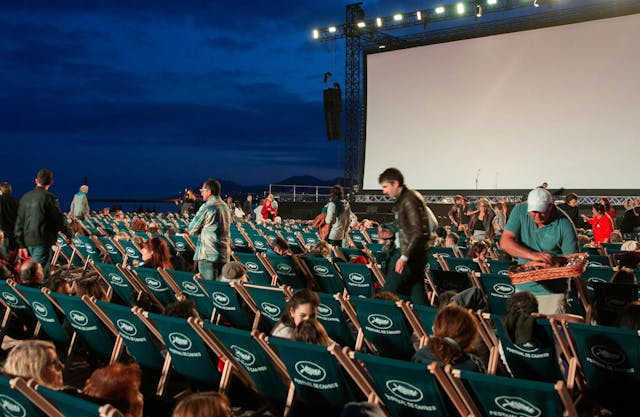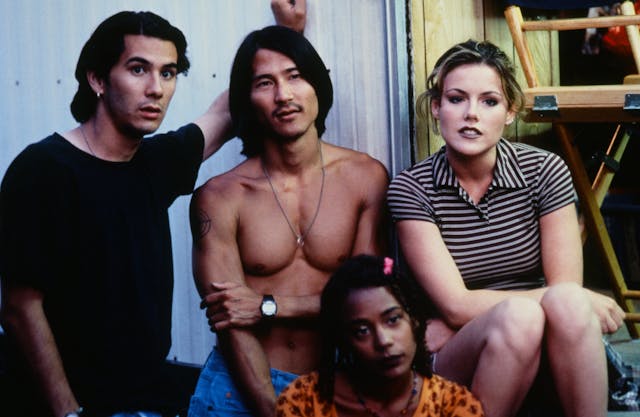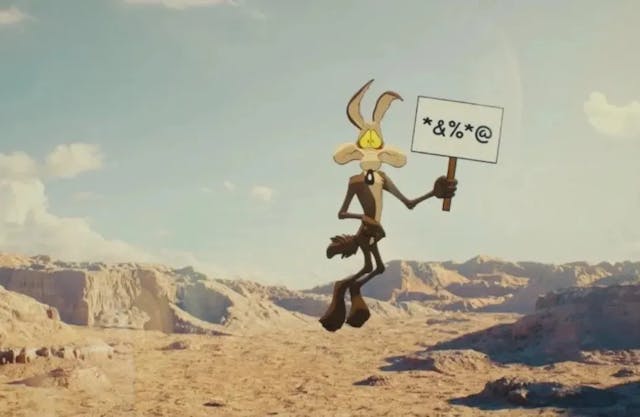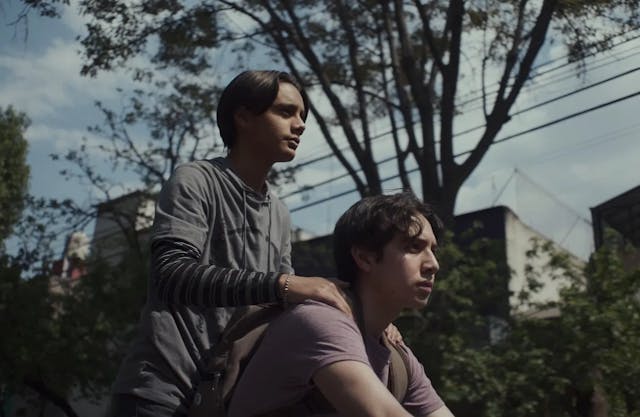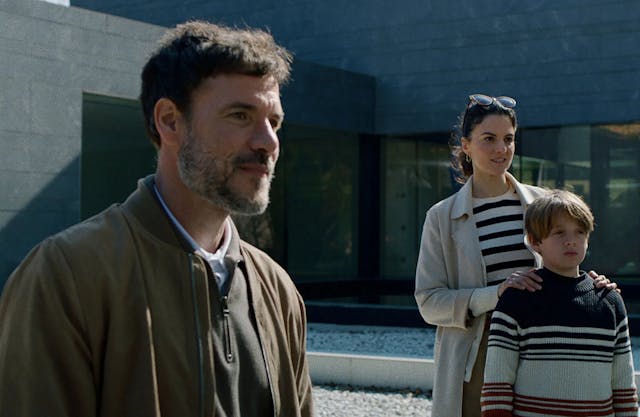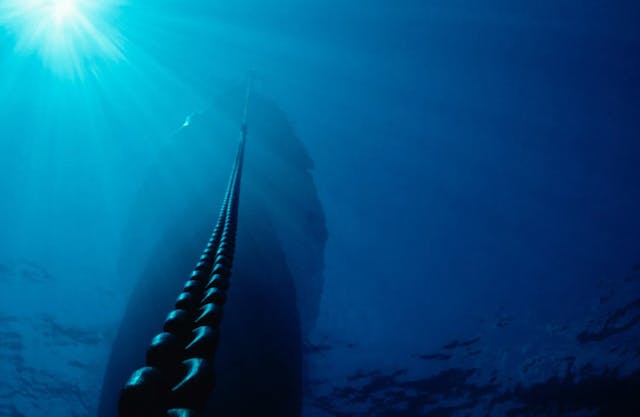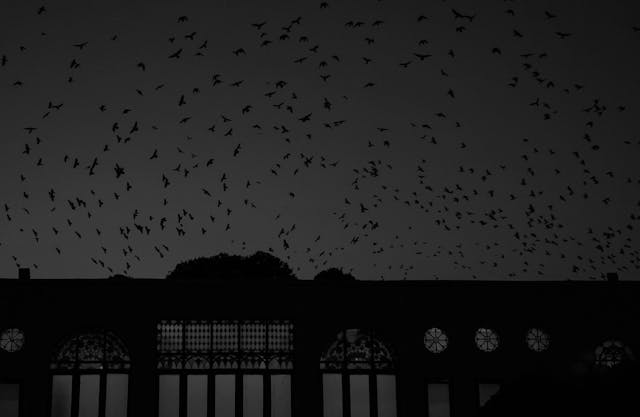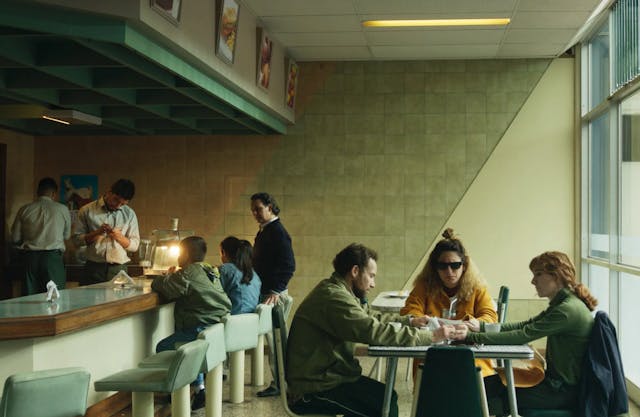The Wandering Camera: The Best Travel & Nature Docs, Movies & Series
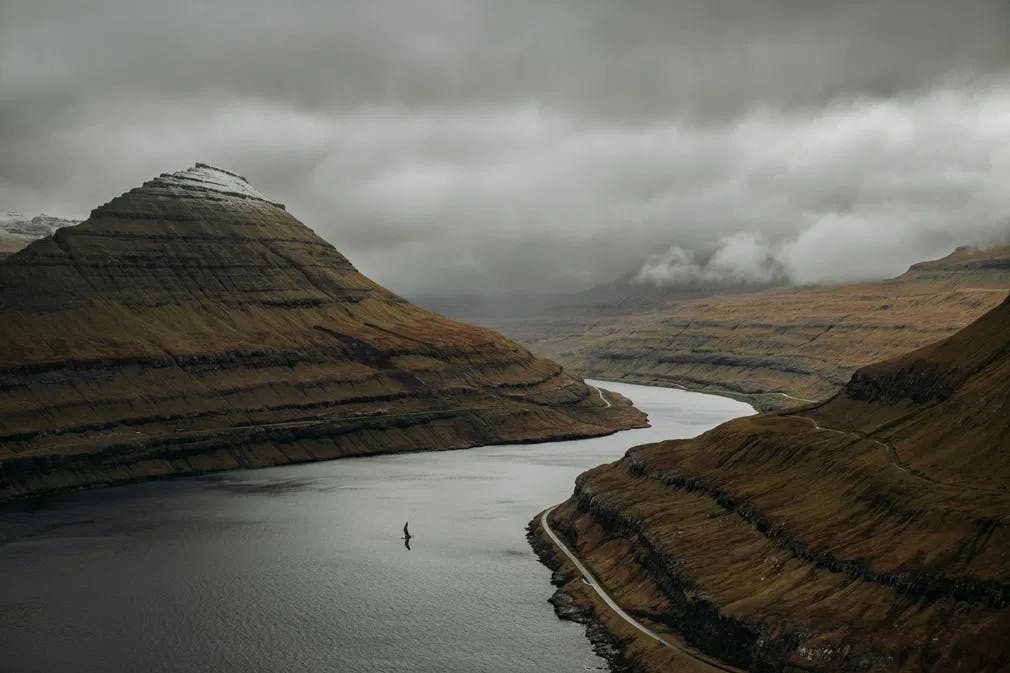
Nature and travel documentaries have been a staple of cinema since the beginning of the audiovisual medium. In the late XIX and early XX century, traveling was expensive and time-consuming - certainly more than in our age of cut-rate economy airlines. Most people would never have the resources to take on such an adventure, so they traveled vicariously through art: literature, photography, and eventually, film and video. They could give you the illusion of knowing places you would never set foot on.
Narrative cinema got into the action, too, staging fiction films in exotic locales. Sure, maybe the foreign land was established in a handful of wide shots, and the actors never visited the place. The action was shot in a Hollywood studio, but that did not detract from the illusion. The allure of traveling by film ticket was very strong. Every time the industry took a technological leap, the travelogue was the genre par excellence to showcase the new possibilities of the medium. Check out this trailer of “This Is Cinerama” (1952), produced to introduce the ultra-wide Cinerama format.
The Politics of Traveling
Politics pushed cameras toward the limits of Western civilization. Every powerful colonizer registered images of their dominated territories. These movies were born in a brutal power imbalance, but now they are invaluable documents of a time and a place, precious to anthropologists and historians. Check out this short about the Dutch colony of Java - now Indonesia - produced in 1919. The movie was restored and archived by the Eye Filmmuseum in the Netherlands.
In the early forties, the State Department recruited Walt Disney Studios to produce films that would help to fend off Nazi sympathies in Latin America by strengthening the connection between the United States and the countries south of the Rio Grande. The two better-known titles are “Saludos Amigos!” (1942) and “The Three Caballeros” (1944), technically revolutionary animation-and-live-action hybrids that sent Donald Duck to places like Mexico, Peru, and Brazil.
Great filmmakers fell for the allure of foreignness. Orson Welles was looking for a respite from Hollywood. He took on a project promoted by the U.S. government through the Office of the Coordination of Inter-American Affairs and sent off with his camera to Mexico and Brazil.
The trip turned out to be a cursed affair. The omnibus film included an episode that would reenact the protest made by four poor fishermen making a perilous journey on a raft to meet the Brazilian President. During the shooting, an accident killed the leader of the group. A change of guard at the higher echelons of RKO Pictures left the project stranded and Welles in the outs with the studio. They took the final editing of “The Magnificent Ambersons” (1942) off his hands and sent “It’s All True” to a vault. The movie had a convoluted afterlife. Segments were repurposed for newsreels and used as stock images in fiction films.
Travelogue, Art House Style
Art House Giants get in the game, too. In the late sixties, French director Louis Malle produced and directed highly regarded documentaries, “Phantom India” (1969) and “Calcutta” (1969). While originally made for TV, they became important milestones in his film career. In the ’80, living in the United States, he would turn his camera inward with “God’s Country” (1985) and “…And The Pursuit of Happiness” (1986). Many foreign filmmakers try to capture the soul and landscape of America: German director Wim Wenders stages a story of redemption in “Paris, Texas” (1985), shooting at Monument Valley, in a clear homage to John Ford. Agnes Varda did a series of documentaries on California, and Chantal Ackerman did her share to mythologize New York.
It’s an interesting reversal of roles, having the United States culture the subject of a foreign eye. But still, with these auteurs coming from Europe, we are dealing with a monolithically Western vision.
We Are Only Tourists
The nature documentary offers the charms of traveling without any pesky ideological baggage. Even Disney got in the game, producing a run of short and feature-length documentaries programmed in cinemas and TV over decades. “The Living Desert” (James Algar, 1953) even won the Best Documentary Oscar. In the Aughts, the studio went back to the well, recruiting big stars to provide narration over films like “Earth” (2007) and “Oceans” (2009). In a nice twist brought along by globalization, they produced different soundtracks for each language region worldwide. Narrators changed to coincide with the local culture. Americans would hear James Earl Jones, the Brits Patrick Stewart, and the Japanese Ken Watanabe.
Perhaps the most popular travel documentary of our time is the food program. The vastness of American cuisine is celebrated in many, many TV shows. Successful producers like Phil Rosenthal (Everybody Loves Raymond) indulge their wanderlust and curiosity with nice vanity projects like “Somebody Feed Phil” (2018). Alas, not everything is sanitized for popular consumption. The late great Tony Bourdain crossed the globe, eating everything in sight and casting a curious and empathetic eye to the inequalities and politics that govern society, how and why we eat what we eat. Or don’t. Or, in the case of poorer countries, we can’t.
A Free Travel Ticket
Here's a small sample of some recent TV series offering a novel look at some spectacular destinations.
Idaho, The Movie
"Idaho, The Movie" is a love letter to the Gem State, directed by Tom Hadzor, recruits writer and illustrious Idahoan Tim Woodward as writer and narrator of an ending audiovisual trip. It’s not just a compendium of pretty sights of the Rocky Mountains, the Boise River, and endless green prairies. You get to meet locals who give you insight into the place and their relationship with it. There’s Zach Crisp, a professional Ski racer and mountain guide, musician Pinto Bennett, and Lonnie Allen, a fly fishing guide who also serves as the Mayor of Warm River, a small town with a population of 3. Something in the landscape inspires wordsmiths. Besides Woodward, we meet other writers, like Clay Morgan and Kim Barnes. Alas, the real star is the diverse landscape and the breathtaking vistas Hadzor records with his camera.
The Colours of China
Not since Yimou Zhang's "Hero" (2002) has the Chinese philosophy about color enjoyed such a zealous display of artistry. "The Colours of China" is a series of 5 episodes taking you on a spectacular journey throughout China. Each episode is dominated by a particular color following the Wuxing philosophy. This millenary belief system connects five colors with the elements to dominate the life cycle. Green for spring and new growth; red for the heat of fire; yellow is imperial color; white is autumn, and black is power.
It's not just a spectacle about the landscape. You get a sense of how people live through beautiful images. This is what high-definition video was made for. And don't think you are getting a dose of unfiltered Xi Jinping-sanctioned propaganda. Although the government did collaborate with the production through the China Intercontinental Communications Centre, European production powerhouses like ZDF and Arte are involved in the project - hence the English spelling of "colors" -. This is a travel documentary that any movie buff can enjoy: a TV series made at film production level.
Outside: Beyond The Lens
Too many travel documentaries drop you in an exotic locale as if through an act of magic and proceed to show you the environs without a second thought. Producer and cinematographer Jeff Aiello alters the formula and makes getting the picture part of the adventure. The nuts and bolts of capturing those amazing vistas are an involving plot point. He recruits a supporting cast filled with friends and colleagues who will help you feel as if you are leading the life of a star landscape cinematographer. The 10-episode series "Outside: Beyond The Lens" will take you to Australia, New Zealand, and the four cardinal points in the US territory.
Lonely Delicacy
Foodies, assemble! This series of very short episodes is a delicious curiosity. "Lonely Delicacy" takes you all over China to connect with real people who work harvesting typical ingredients of the Chinese diet and show you how they prepare it. Think of every 5-minute episode as a tasty morsel of knowledge that will leave you wanting more.
Journey To A New Earth
Contemplating beautiful landscapes is nice, but we rarely stop to think about how our presence and actions affect the environment. The "Journey To A New Earth" series highlights the work of entrepreneurs, activists, environmentalists, and even surfers working to rid the oceans of pollution produced by humanity. The group includes 11-time World Surfing Champion Kelly Slater. And yes, you get many, many beautiful shots of spectacular beaches. But these filmmakers move the camera to show you what we’ve done to Mother Nature.
Walking Through History
If you are obsessed with British culture, keep calm and hit “play.” Actor and Author Sir Anthony Robinson takes you "Walking Through History" in the United Kingdom to visit the places where history was made. He meets personalities who bring their passion and expertise to help us appreciate these places beyond their beauty, like actor Brian Blessed and author Philippa Gregory. You’ll visit the small county of Dorset where Hitler met steely resistance, the Tudor castle where Henry the Eight courted Anne Boleyn. See the sights, relish the history.
Want to get an email when we publish new content?
Subscribe today
